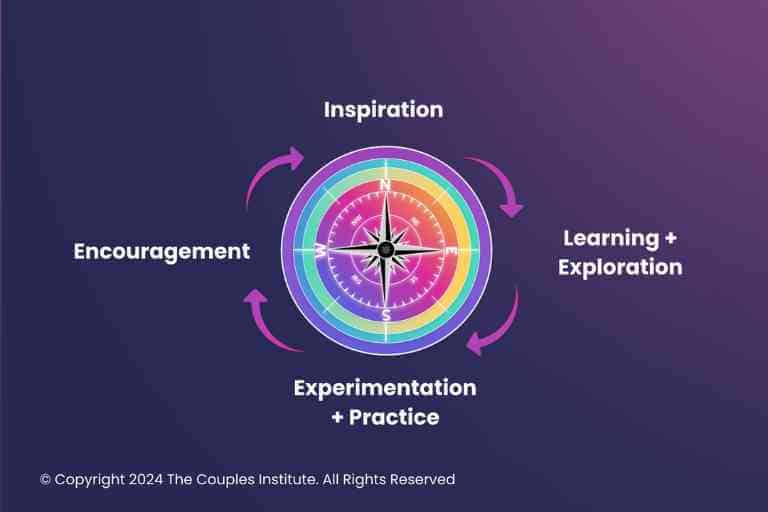
Highlights from the Psychotherapy Networker Conference
I just recently returned from the Psychotherapy Networker Symposium that took place March 22-24, in Washington, DC! As you may know, I like to share

"*" indicates required fields
 We respect your privacy.
We respect your privacy.
"*" indicates required fields
 We respect your privacy.
We respect your privacy.
I just recently returned from the Psychotherapy Networker Symposium that took place March 22-24, in Washington, DC! As you may know, I like to share

I’ve specialized in working with couples for 40 years. A “back-of-the-envelope” calculation tells me that’s about 33,000 hours of couples work. You can bet I’ve

Couples often come to therapy with high hopes, vulnerability, and a spoken desire for transformation. They also come with years of pain, hostility, and unresolved
US: +16465588656, 82302466709# or +16469313860, 82302466709#
Webinar ID: 82302466709
 We respect your privacy.
We respect your privacy.
The 4 essential principles and techniques seem insuperable to me, congratulations for what you have achieved and for sharing your experiences with us. I am not a couple’s therapist, but in my work I frequently have had to do with families, children and teachers, which includes parents (couples), although often separated. I think it could be good to keep in mind that usually avoidance conflicts go beyond the couple and tend to be social avoidant conflicts and are much more evident in what people are silent than what they say to each other and in what they project. When the therapist is genuine, respects the other as different and tries to make the encounter as close as possible to what each one really is instead of remaining at the level of everyday life, and what is traditionally considered correct, communication is guaranteed and it may be halfway between counter culture and conservatism but certainly a mix of philosophy, religion and therapy.
Jose